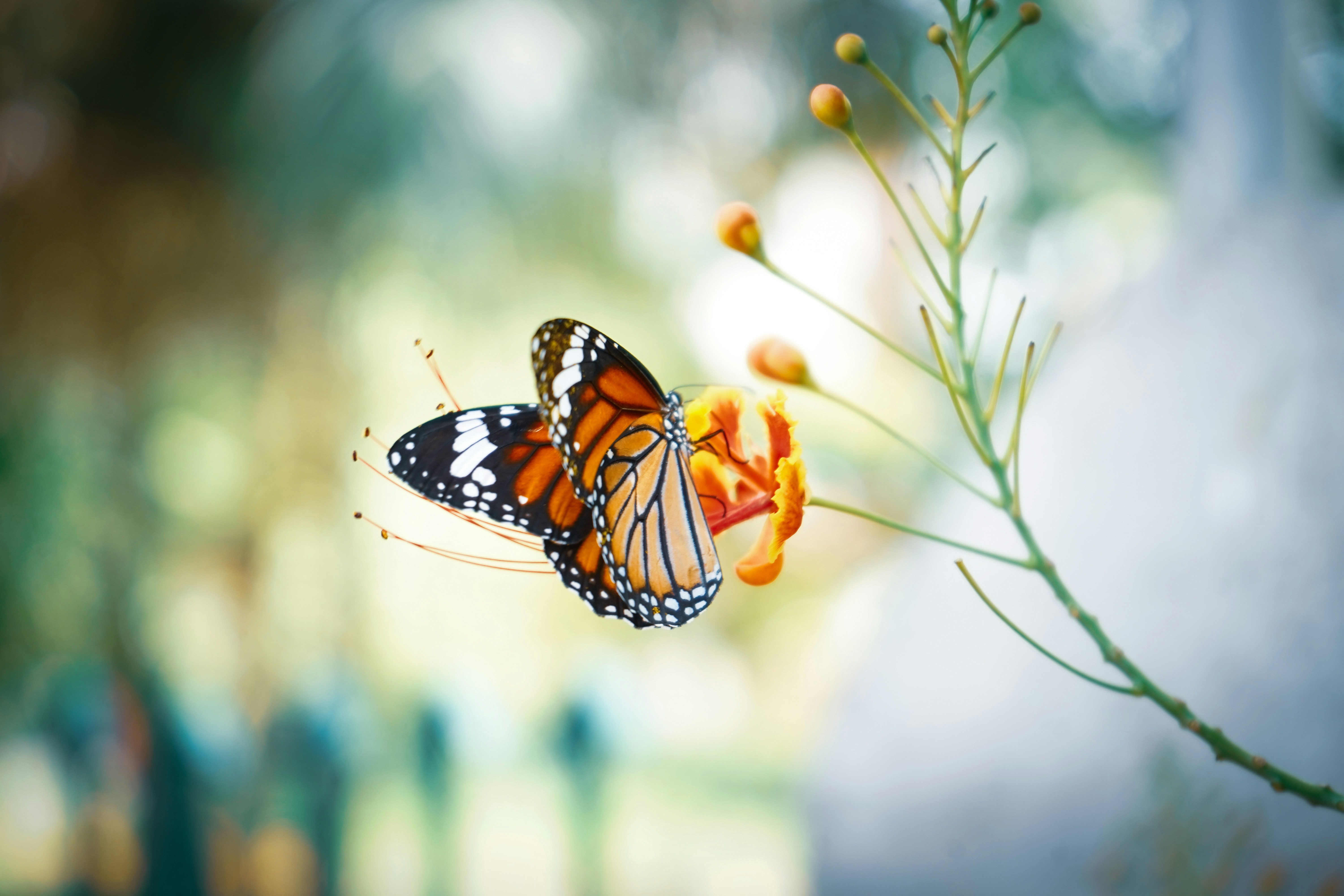
Often, people discover that too much of a good thing can become a bad thing. In the same way that eating too much candy can hurt your stomach, too many nutrients in our environment can hinder herbivorous insects. Historically, plants and animals have had limited access to necessary nutrients such as nitrogen and sodium. However, with increased use of salt and pesticides in the agriculture and transportation industries, nitrogen and sodium have skyrocketed. Although these nutrients play a pivotal role in cellular functions, a new study by the Snell-Rood lab found that an excess can alter insect behavior.
The Snell-Rood lab investigated whether an external increase in sodium can affect butterflies. They found that the overall effect depends on the butterfly’s stage of development. Caterpillars experienced earlier and quicker development under low sodium conditions, but no change to development time or pace under high sodium conditions. Conversely, it was found that the butterflies produced more eggs when exposed to a high sodium environment. Quicker growth and more eggs may sound like a good thing, but sodium also affected the caterpillars’ preferences for other nutrients, specifically nitrogen.
Dr. Alex Shepard, a scientist who worked on this study says that this is particularly curious as, “These insects tend to require a lot of nitrogen because they use it as building blocks involved in different parts of physiology.” When placed in a low sodium environment, larvae showed a clear preference for nitrogen-rich leaves, but had no preference when placed in a high-sodium environment. When there’s more sodium around they’re less likely to go for the nitrogen rich leaves, a preference that stayed with them through metamorphosis. So when they began to lay eggs as adults, their foraging habits remained the same regardless of the amount of sodium present. Caterpillars then become set in their ways. Their environmentally determined preferences do not change even if they are placed in a different environment. This means they aren’t able to adjust to rapid changes in their environment.
Going into this study, Dr. Shepard expected to find that the benefit that nitrogen provided to the butterflies was either dependent on elevated sodium levels or that these elevated sodium levels acted as a stressor and masked the effects of high levels of nitrogen. Counterintuitively, the study found both hypotheses to be true.
“One of the most interesting aspects of the study was the idea that nitrogen itself seems to be beneficial during caterpillar growth, but then in terms of adult egg development, it seems [that] nitrogen and sodium being elevated in combination had the best results,” Shepard commented. Going forward, Dr. Shepard hopes that ecologists will look at how different nutrients limit species’ performance based on their stage of development rather than their whole life history. This will provide a more complete picture of the nutrient needs of organisms and how environmental changes will affect them.
